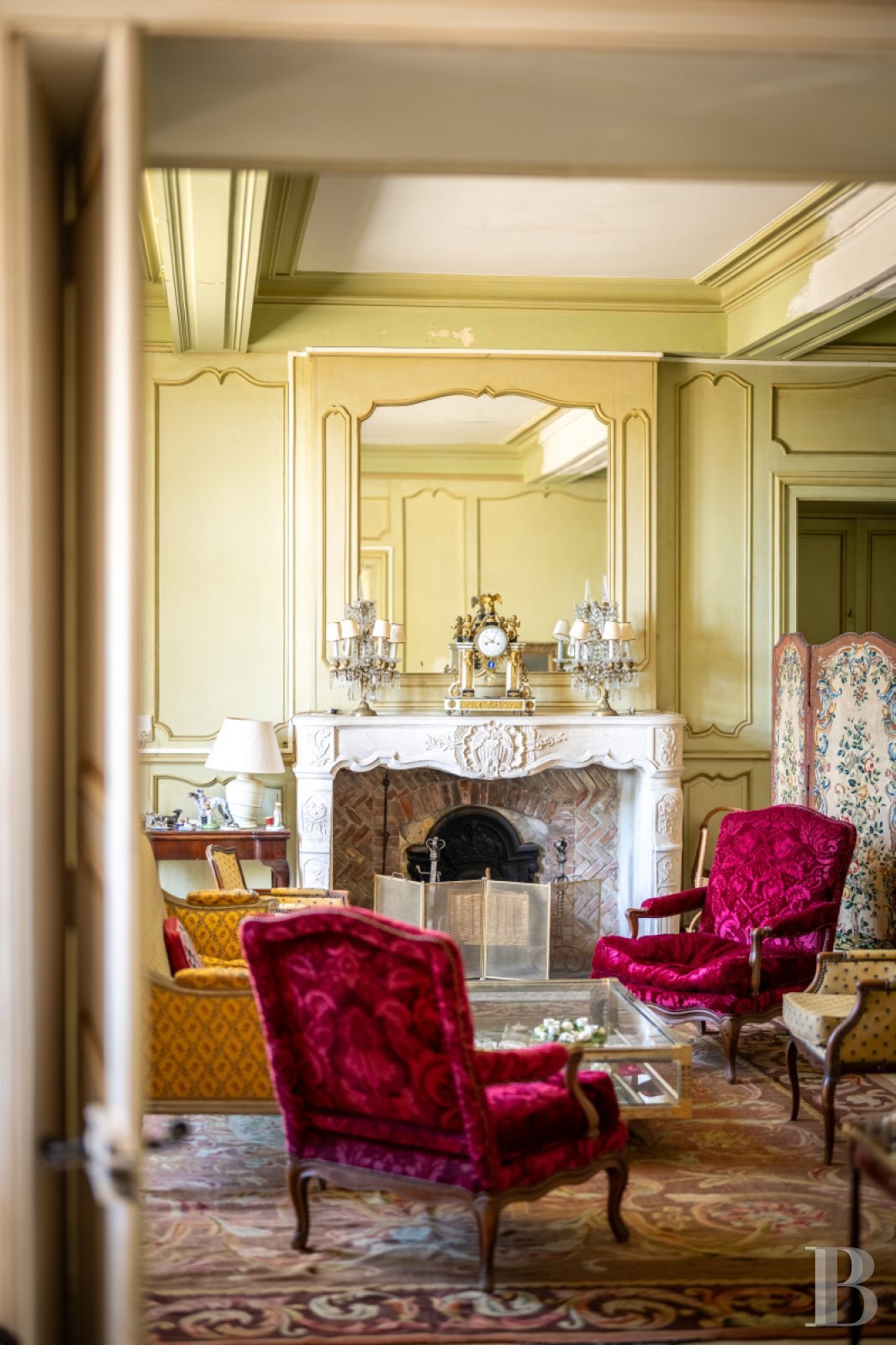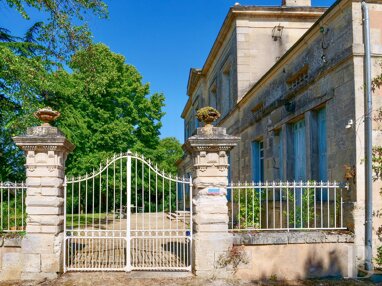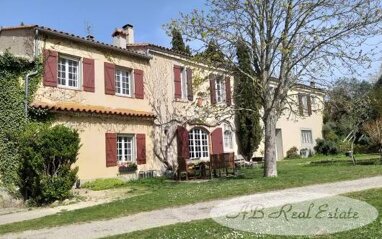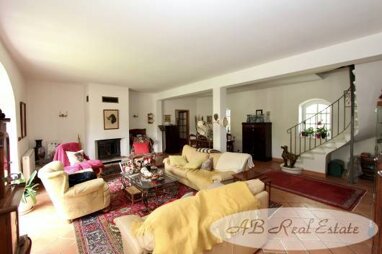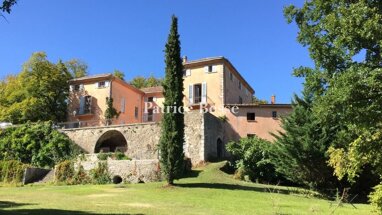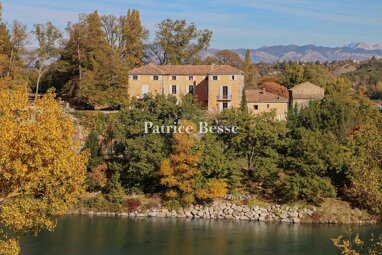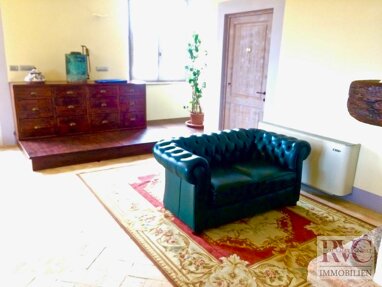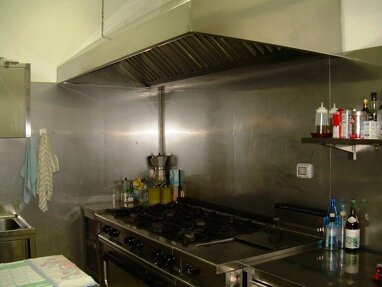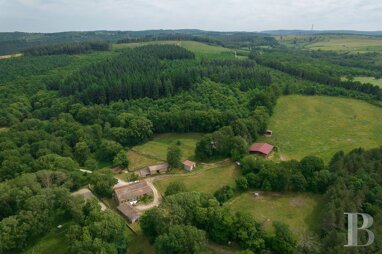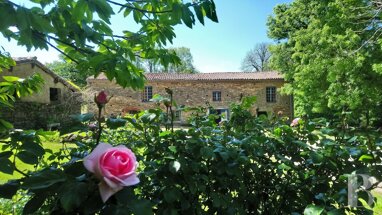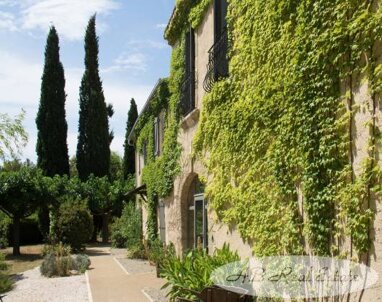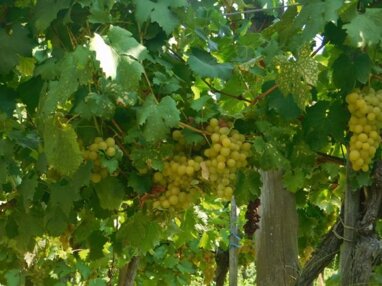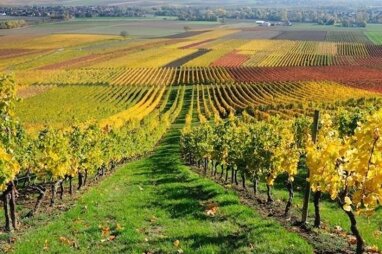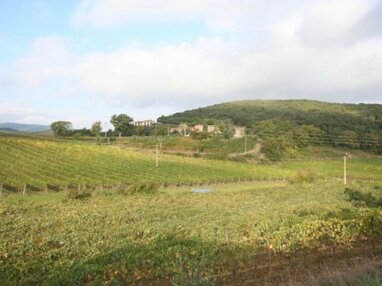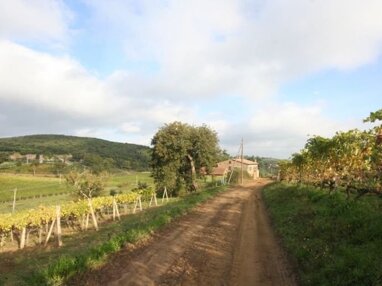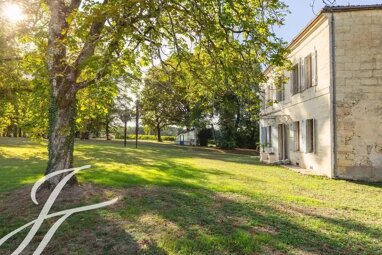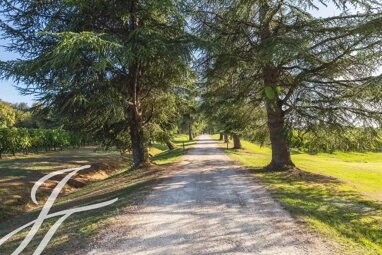A medieval dwelling, listed as a Historical Monument, with a swimming pool and tennis court, near an 18-hole golf course and surrounded by 112 hectare
A medieval dwelling, listed as a Historical Monument, with a swimming pool and tennis court, near an 18-hole golf course and surrounded by 112 hectares, including 24 hectares of Protected Designation of Origin vineyards.
Occupying the eastern side of the Gironde River, the region, ensconced in the Libourne hills, is located in the Côtes-de-Castillon wine appellation, about ten kilometres from Saint-Emilion. Bordeaux is approximately 50 kilometres away, where its train station makes it possible to reach Paris in 2 hours by high-speed rail.
Moreover, the property is 15 minutes from the town of Libourne and close to its historical sound and light re-enactment of the battle of Castillon, the last battle in the Hundred Years War. Lastly, less than an hour away, are the touristic towns of the Périgord, a region punctuated with remarkable homes, a multitude of castles and picturesque villages to discover.
Extending on from the Saint-Emilion plateau, the property is located on one of the culminating points of the Castillon-Côtes-de-Bordeaux appellation, overlooking the Dordogne valley. Set back from the village, it takes advantage of its privileged position, which ensures great discretion, immersed in the valley's remarkable environment, which it overlooks as well as the vineyard and meadows that surround it.
At the end of a village, the property is accessed by a private road bordered by vineyards. The road then splits into two, providing access to the large wine storehouse off to one side, built during the Second French Empire.
On the right, is a small tenant farmer's house then, preceding the chateau, there are several outbuildings, mostly grouped around an open courtyard, near a swimming pool and a tennis court.
The property extends over more than 112 hectares of land, vineyards and forests, while vast landscaped grounds surround the medieval chateau. The latter's partial inclusion on the list of historical monuments mentions the protection of the 14th-century dwelling, its four towers, entrance pavilion with its staircase turret, façades and roofs of the other buildings that compose the edifice as well as those from the Second Empire wine storehouses, with the exclusion of the outbuildings to the west.
Lastly, the contiguous vineyards guarantee great regularity for the estate's wine production. Exclusively planted on clay-limestone hills, they benefit from natural drainage and excellent sunlight thanks to their mostly southwest exposure.
The Chateau and its HistoryDifferent authenticated deeds mention the existence of the dwelling in 1431. The current manor, particularly through the configuration of its sloping flat-tile roofs, is very specific to the architecture from the early 15th century. However, after a fire broke out in the archives of Libourne, very little information remains about the dwelling. The current occupant's family has owned it for 150 years.
The property is surrounded by high walls, which form a quadrilateral, the corners of which contain vestiges of round towers. One of the latter has enclosed, since 1864, a chapel. Protected by its rectangular enclosure, the two-storey main building, excluding the cellar and attic levels, is topped with a gabled flat-tile roof, with an inverted ship hull frame.
Adjacent to a square pavilion, which encloses a spiral staircase, a gatehouse from the 16th century, crowns the entrance gate in the courtyard, which overlooks the valley, defended by a brattice and its machicolation system. Once past the gatehouse, a large patio, facing fully south and shaded by a few lime trees, runs along the entire length of the chateau's façade, which is cadenced by very large 18th-century windows and has developed a beautiful golden patina.
The interiors, pleasant and luminous, demonstrate a certain art de vivre, both refined and understated, and have largely ...



